Optimal Timing for Fire Restorations
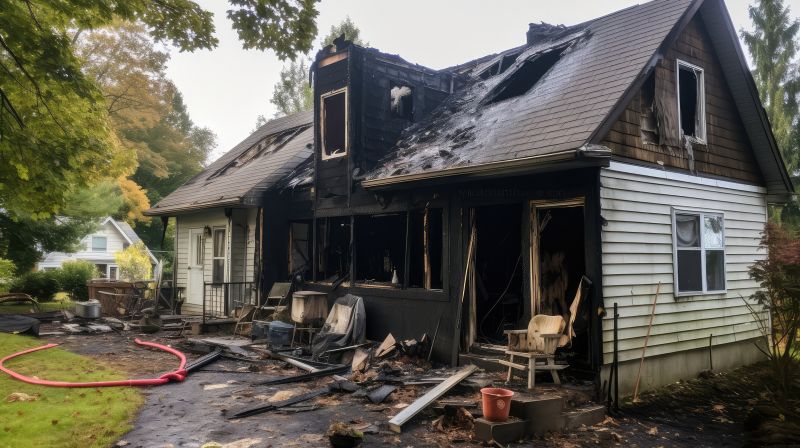
Spring and early summer are ideal for fire restorations following winter fires, as weather conditions are conducive to repairs.
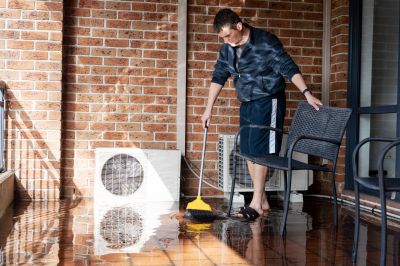
Dry seasons provide better conditions for restoration work, minimizing delays caused by rain or humidity.

Late fall and winter may see fewer restoration projects, offering quicker scheduling and resource availability.
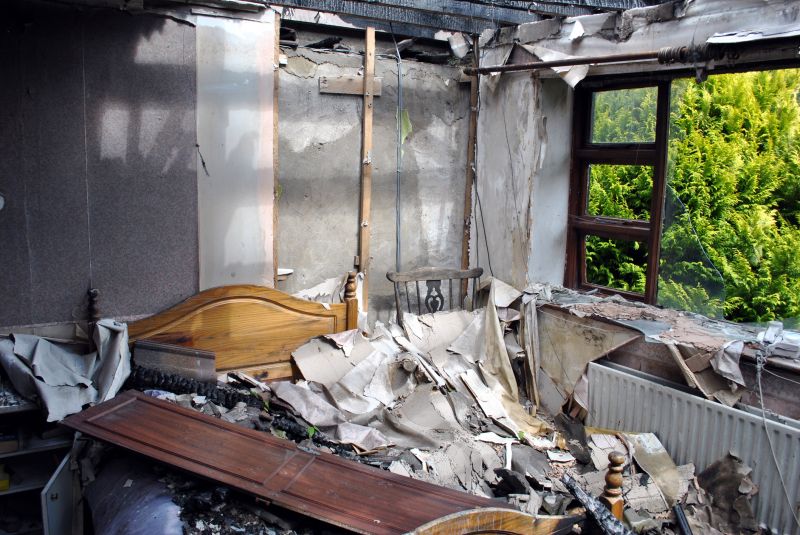
Ways to make Fire Restorations work in tight or awkward layouts.
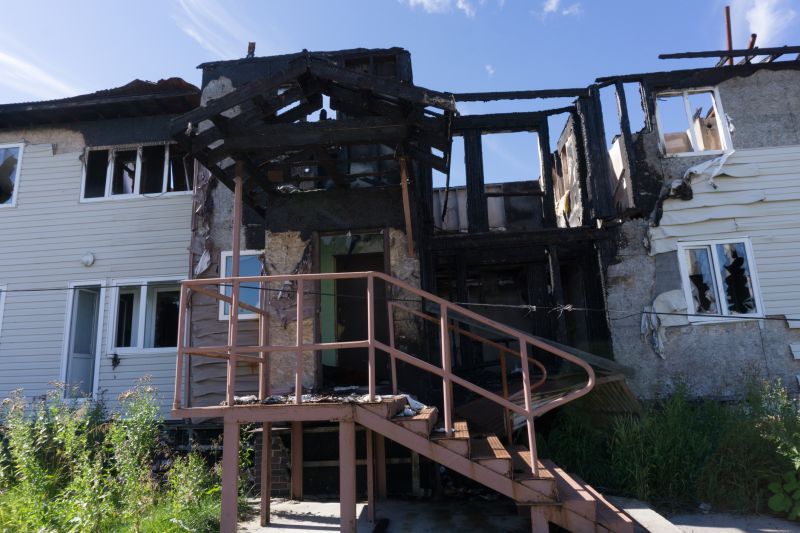
Popular materials for Fire Restorations and why they hold up over time.

Simple add-ons that improve Fire Restorations without blowing the budget.
Fire restorations are critical for restoring safety, property value, and structural integrity after fire damage. Timing plays a significant role in the effectiveness and efficiency of the restoration process. Conducting repairs during dry, mild weather conditions reduces delays and complications caused by moisture or adverse weather.
Statistics indicate that fire damage restoration is most successful when performed promptly after the incident, ideally within the first few weeks. Delays can lead to increased costs, further deterioration, and potential health risks due to mold or structural instability.
Optimal restoration occurs during dry and mild weather conditions.
Spring and early summer are preferred for post-winter fire repairs.
Planning restoration during off-peak seasons can lead to quicker project completion.
Postponing fire restoration can increase damage and repair costs.

Initial evaluation helps determine the best timing for repairs.
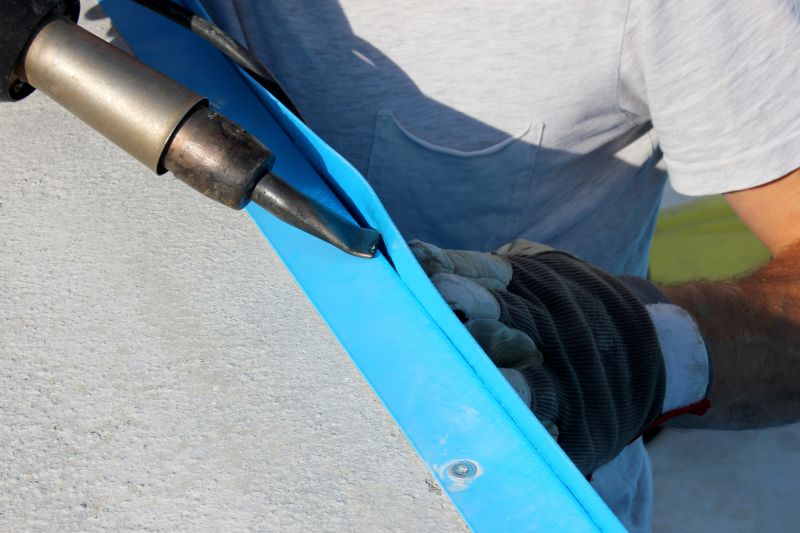
Proper tools and materials are more available during certain seasons.
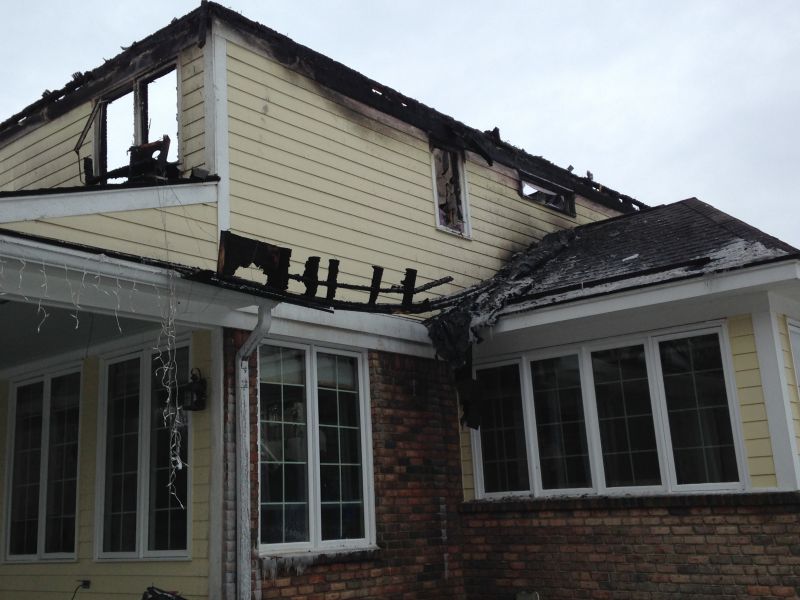
Timing affects the quality and durability of structural restoration.
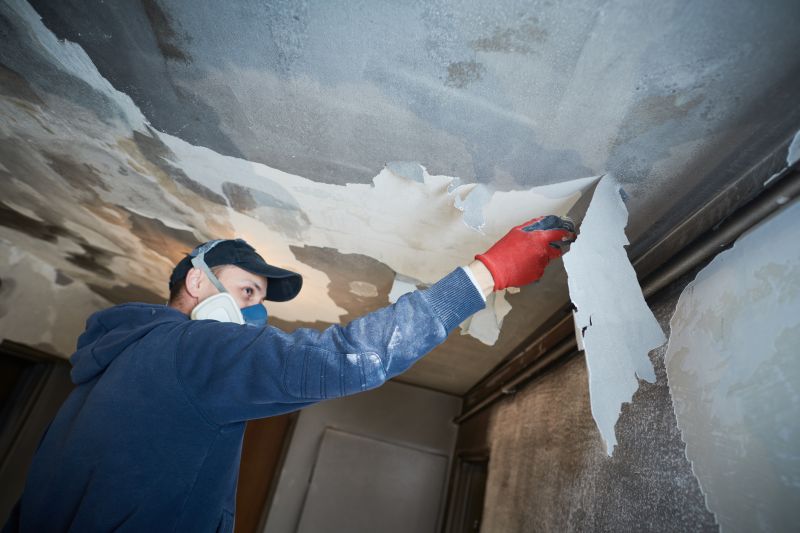
Effective cleanup is easier in dry weather conditions.
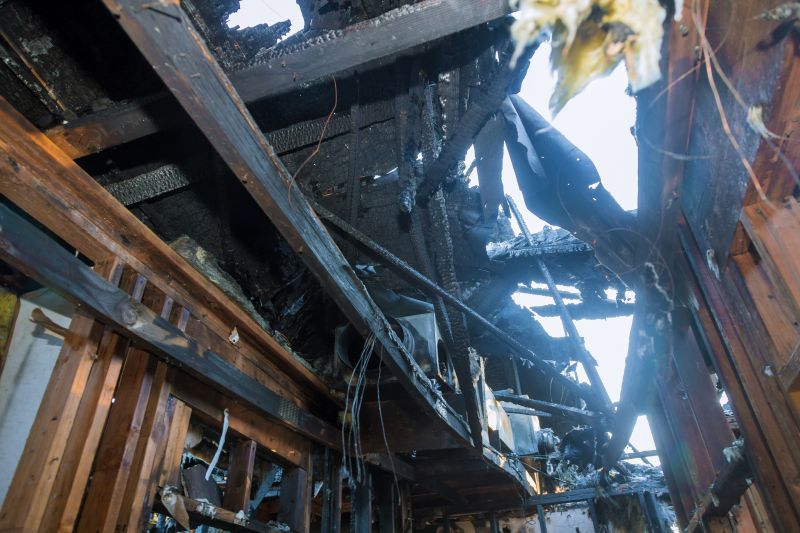
High-end options that actually feel worth it for Fire Restorations.
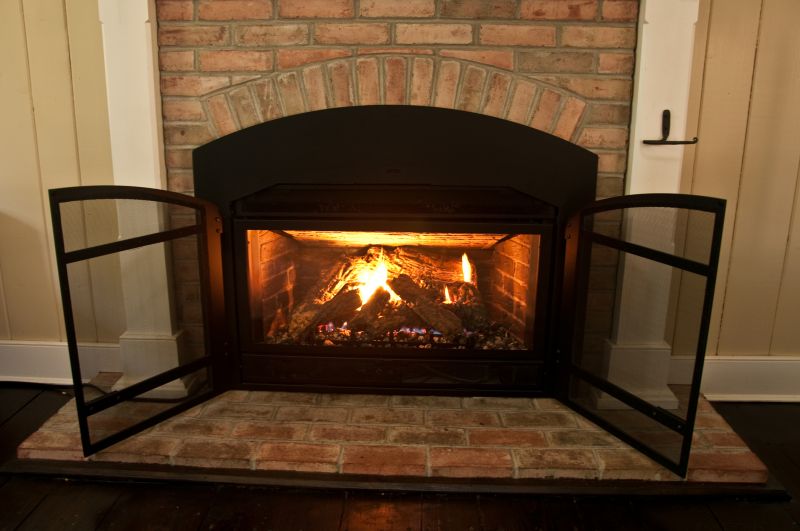
Finishes and colors that play nicely with Fire Restorations.
| Season | Advantages |
|---|---|
| Spring | Ideal for mild weather and increased daylight hours. |
| Summer | Longer days facilitate faster work; suitable for dry conditions. |
| Fall | Less rain, good weather for outdoor repairs. |
| Winter | Fewer projects but potential delays due to weather. |
| Off-Peak Seasons | Less competition for contractors and resources. |

Effective scheduling aligns with favorable weather conditions.
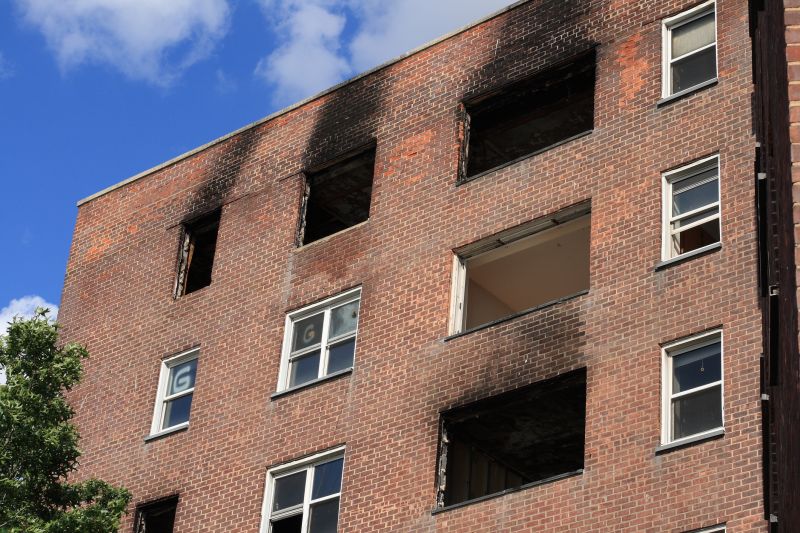
Early assessment aids in choosing the best time for repairs.
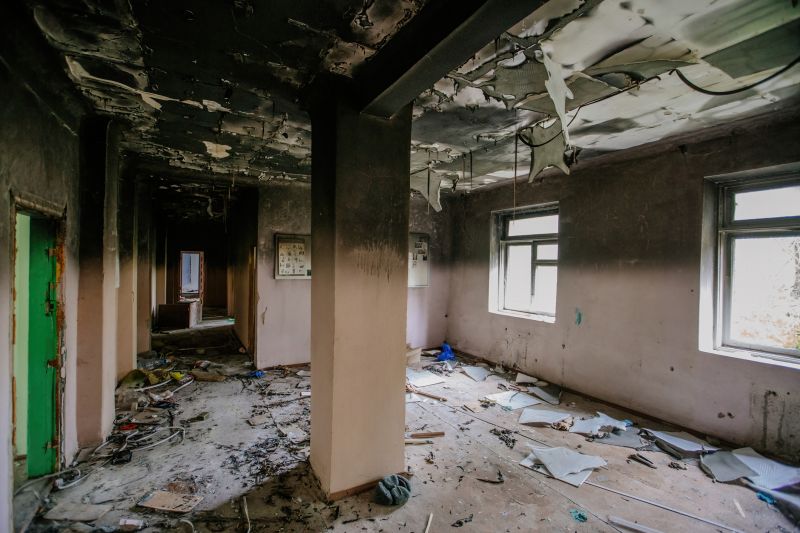
Timely stabilization prevents further deterioration.
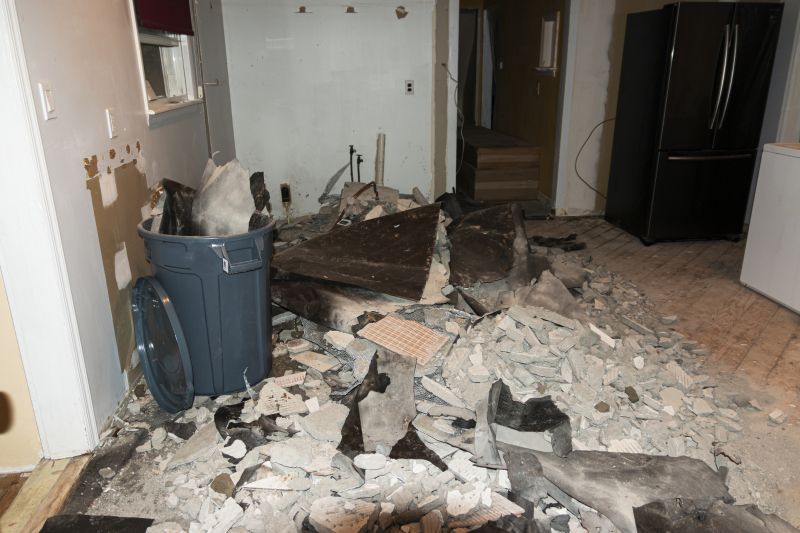
Dry weather facilitates thorough cleanup.
If considering fire restoration services, it is advisable to evaluate weather conditions and project urgency to determine the most suitable timing. Proper scheduling can lead to more effective repairs and minimized disruptions.
Interested parties are encouraged to contact for more information or to discuss specific restoration needs. Filling out the contact form can help facilitate timely and efficient fire damage restoration services.


